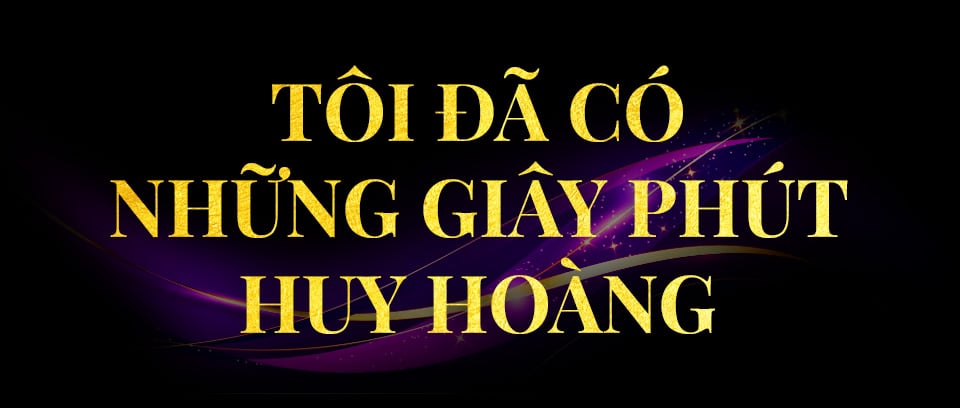
What chance brought you to the path of traditional Hue royal art?
My father, eldest sister, second brother, and two sisters-in-law all work in the medical field. Some of my other siblings are teachers. The singing and dancing profession came to me thanks to my elder sister's inspiration. Back then, my elder sister entered the profession first. By chance, one time when I visited the Imperial City, I saw artists practicing singing and dancing and I was fascinated by it. At that time, I was studying vocal music but because of my hobby, I not only wanted to sing but also dance. Artist La Cam Van, Deputy Head of the Hue Traditional Arts Troupe (the predecessor of the Hue Traditional Arts Theater), recognized that I had talent and learned quickly, so I was immediately hired and paid 45,000 VND/month. I was so happy!
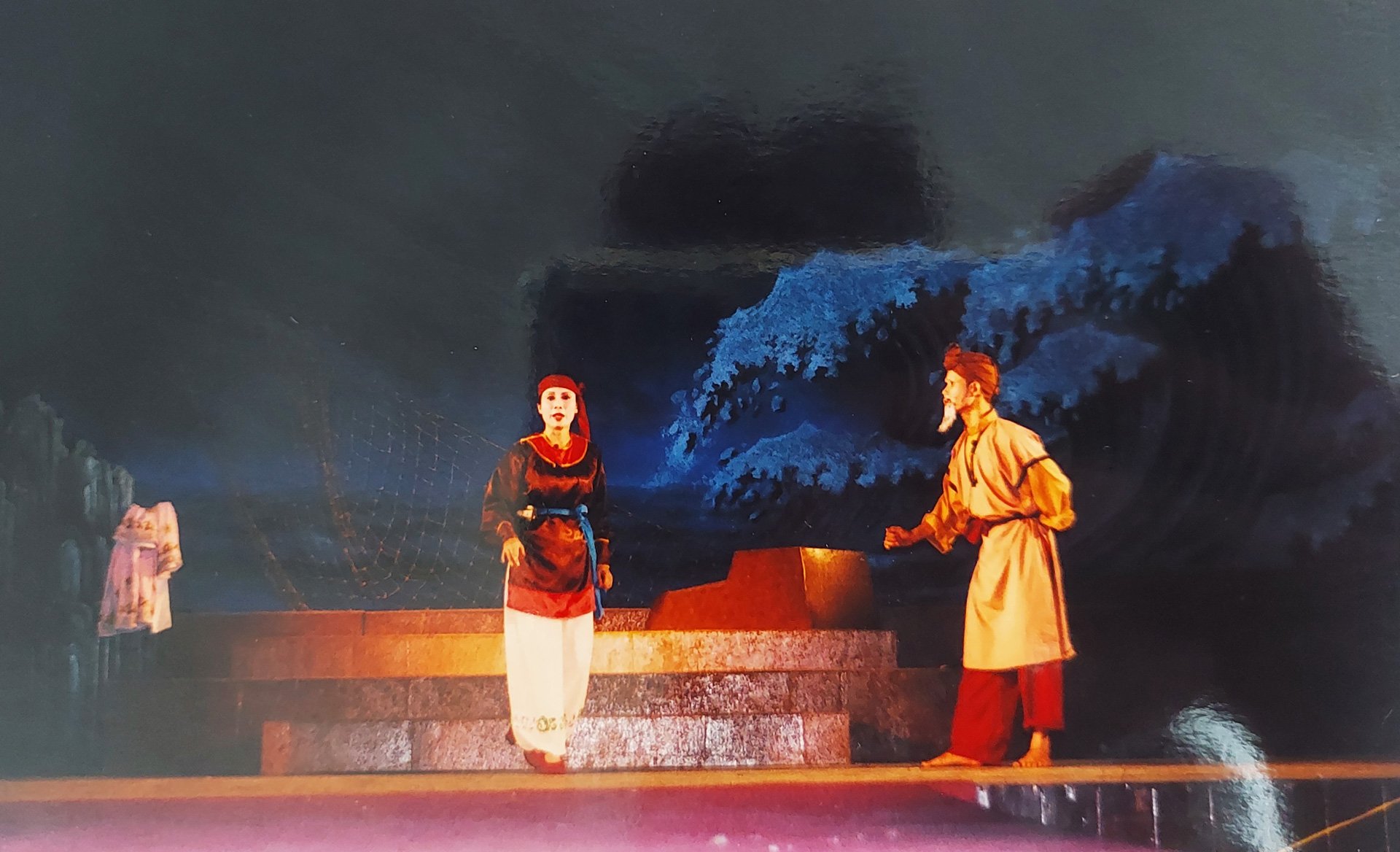
When performing plays, People's Artist Bach Hac takes the trouble to learn about the biography and the fate of the character to transform into the character.
How long did it take for you to get leading roles?
During the tour, I learned a lot. At first, I was cast as a soldier, a maid... Following and witnessing plays by Pham Cong Cuc Hoa, Thoai Khanh Chau Tuan, Lam Sanh Xuan Nuong..., I knew I was truly passionate. Folk plays attracted me and made me follow them. When the sisters grew older, got married, and had children, thanks to my efforts, I was highly appreciated and given leading roles to gradually replace them. In 1983, I joined the troupe as an apprentice, and 2 years later I was given a leading role.
At that time, artist Thanh Long performed with me. We both worked hard because we couldn't let the whole troupe starve because we were sick. Therefore, we tried even harder to perform to generate income for the troupe. I was given a lot of encouragement by the profession and had moments of sublimation and glory with my profession.
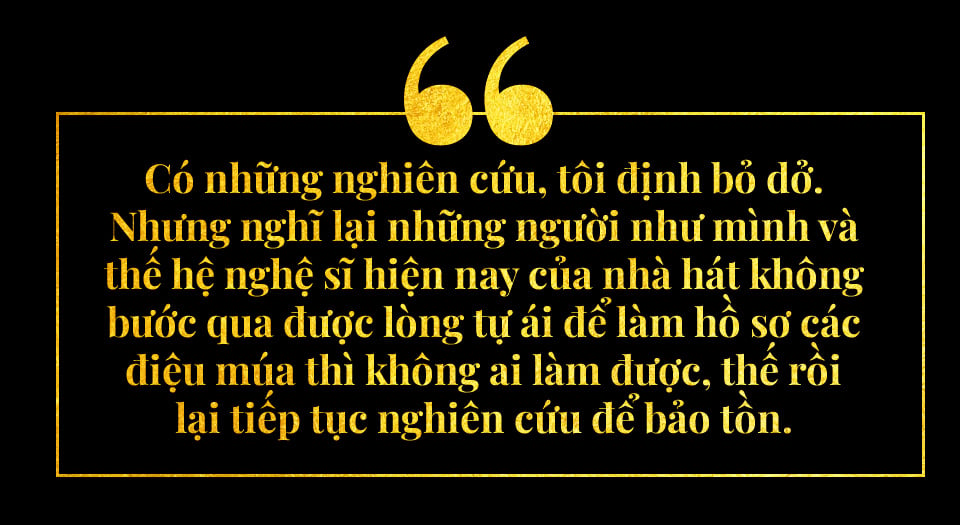
Which role do you like best?
In the past, I performed plays and played the roles of Cuc Hoa, Tan Luc, Nghi Xuan in the play Pham Cong Cuc Hoa, Thoai Khanh in the play Thoai Khanh Chau Tuan, and Xuan Nuong in the play Lam Sanh Xuan Nuong. In each play, I could play 2-3 roles. Maybe that's why I like many roles.
From 1985 to 1990, Thua Thien-Hue province did not participate in the festival, so I mainly performed to increase my income. From 1990 onwards, artists were allowed to participate in the festivals. I tried my best to play roles in historical, folk and modern plays. I played the role of Tinh Tam in the modern play Cha con nguoi hat troi; Ngoc Bao in the play Chim bang trong bao ton; Nang Cong chua Antigone...; the play Song am trong phu chu; participated in many roles in historical plays such as: General Bui Vien, celebrity Dang Huy Tru, patriot Tran Cao Van, King Thanh Thai, King Duy Tan...
Since he was young, no matter what role he played, People's Artist Bach Hac always gave his all when on stage.

So, which one do you love more, opera or royal dance?
Royal singing and dancing is a fate and I am also very passionate about it. Royal singing and dancing and royal opera have the same basics. If the royal singing and dancing are good and the set is beautiful, then the opera will have beautiful dancing and sets. After the royal music was recognized by UNESCO as an Intangible Cultural Heritage of Humanity, royal singing and dancing also became popular because they go hand in hand and are performed a lot abroad.
Having performed for the Emperor, was the role of the unicorn you played in Mother Unicorn Gives Birth to Baby Unicorn the most impressive?
When I started my career, the role of a unicorn was my first role. At the end of 2007, during the trip accompanying President Nguyen Minh Triet to an official visit to Japan, the theater troupe was given priority to perform at the Imperial Palace of Japan. After performing the royal music, the troupe continued to perform the signature dance, the Unicorn Mother, which is a unicorn.
After the performance, the Emperor and the royal family present applauded for a long time. Emperor Akihito himself came to meet me and shook my hand. I later learned that this was the first time a foreign artist had been shaken by the Emperor like that, and I was truly moved.
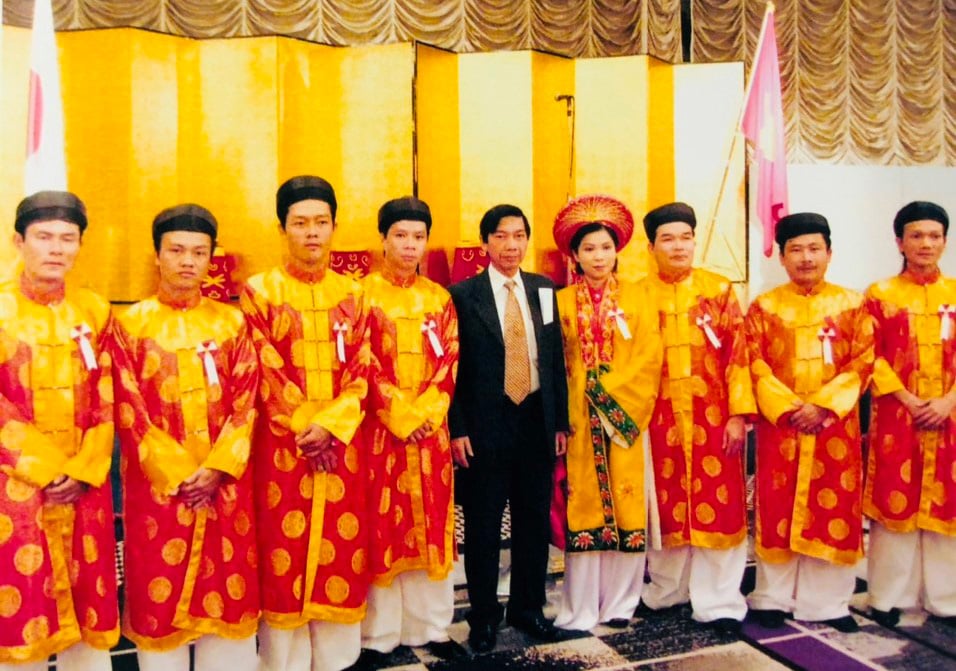
When performing Hue royal court music and dance for the Japanese Emperor, a king who loves and understands traditional culture, did you feel pressured?
That year in Japan, the theater had 9 members who were veterans. We tried our best to perform. The mission of an artist is to convey messages through their movements, so that the audience can understand Vietnamese culture better. Royal artists are not allowed to perform superficially but must try their best in each performance.
When you put in the effort, you don't have to worry about not getting results. We were warmly welcomed by the royal family. The performances also left a good impression on the Japanese people.
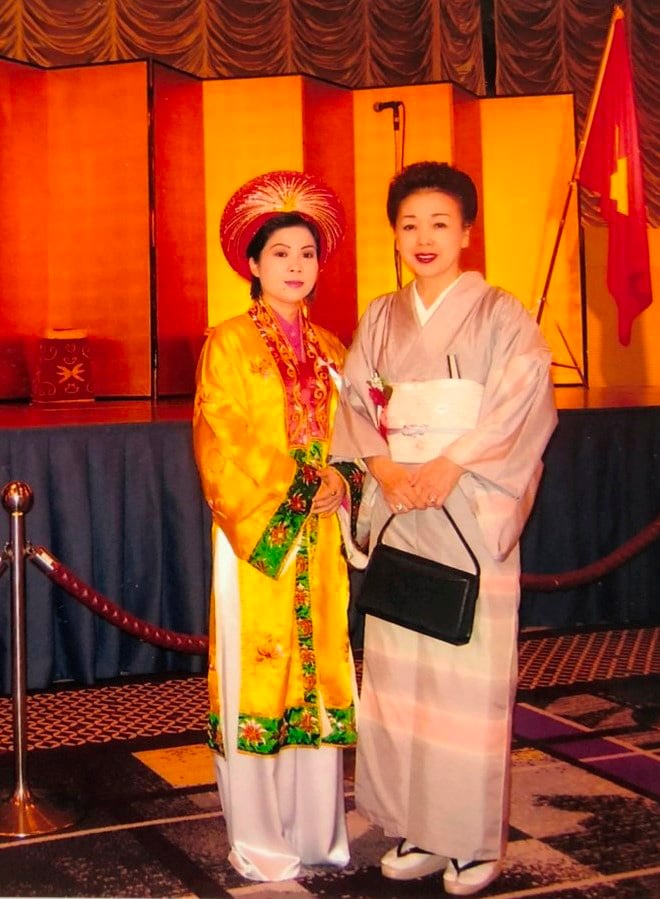
Artist Bach Hac performed Hue royal court music and dance in Japan in 2007.
Welcoming the Emperor and Empress to Hue Imperial City and watching the performance at Duyet Thi Duong in 2019, what do you remember most?
In 2007, when I went to the Imperial Palace of Japan to perform, I was an actor. In 2019, as the director of the theater, I was asked by the Emperor's delegation to welcome him to the Imperial Palace from Ngo Mon Gate. It was a great honor because not every artist was chosen.
After watching the performances, the Emperor asked a few questions about the dissemination of Hue royal court art to the younger generation, and whether other countries would invite the troupe to perform after the performance in Japan in 2007. The most memorable was the Emperor's encouragement: try to preserve Hue royal court art forever.
Royal court music and dance regularly travel to countries around the world to perform. What performances do you introduce each time?
I choose unique and original works of Hue royal art to convey the quintessence of Vietnamese art to the host country. I cannot bring folk art to perform because it will not create an impression. The royal music is methodical, the royal dance must include the Lion Mother Dance, the Trinh Tuong Tap Khanh Dance, the Luc Cung Hoa Dang Dance… to impress the host country's guests.
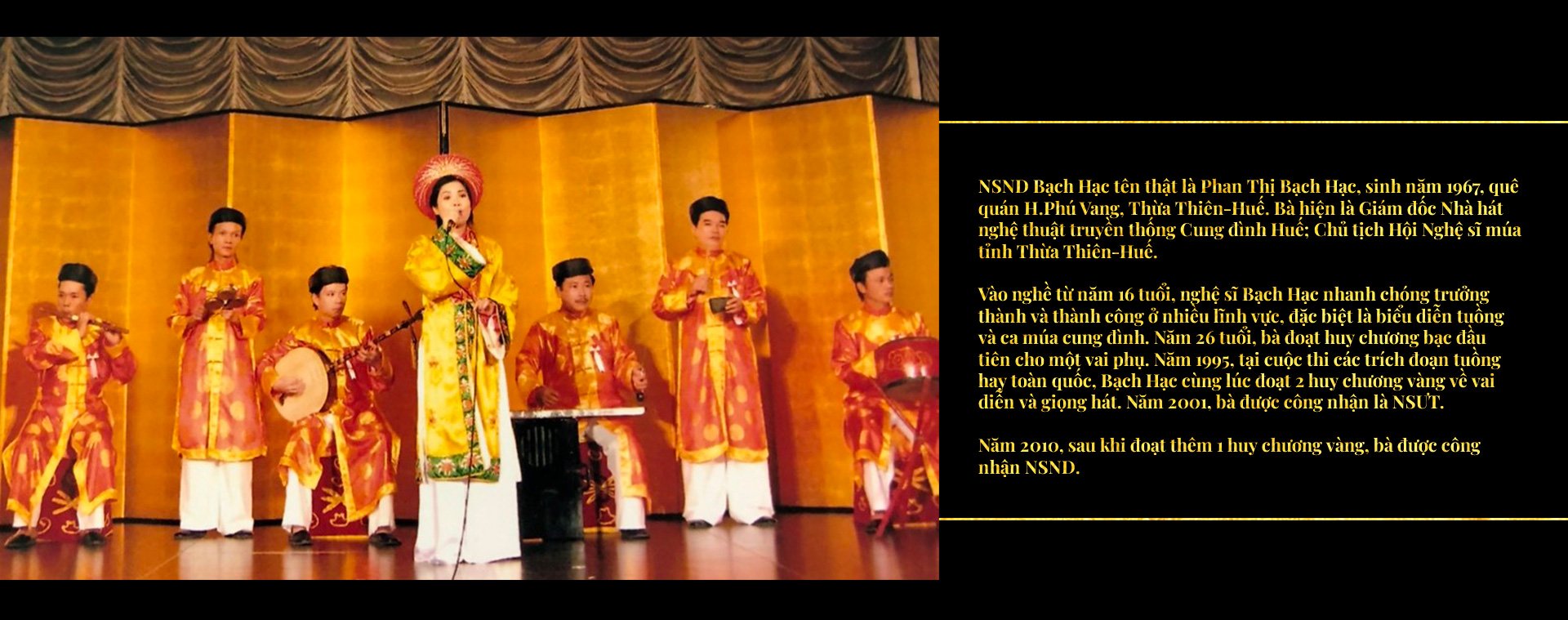
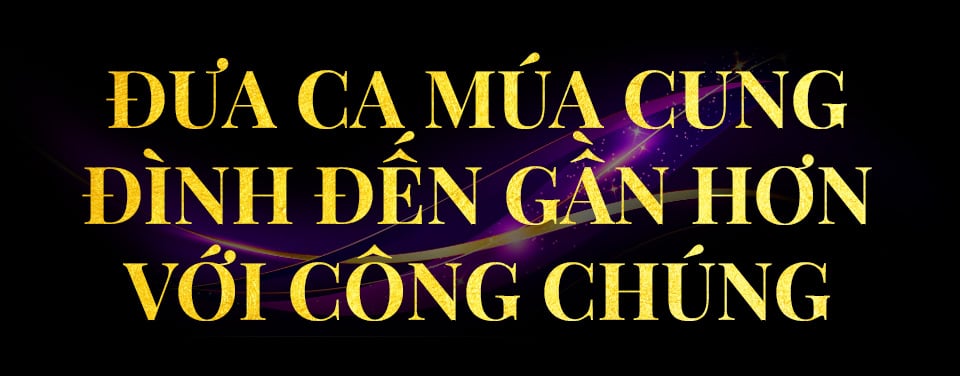
How many royal dances has she restored?
I have studied the royal court dances in two parts, including ritual dances and congratulatory dances. Through research, I have restored the Luc Triet Hoa Ma Dang - one of the dances of congratulatory dances that has been lost. After rehearsing, we have also added and improved it for performance.
In addition, there is the Bat Tien Hien Tho dance which has been lost for a long time. After I became the director of the theater, I worked with other artists to restore and re-file the dance. Since then, the dance has reappeared and been enhanced to serve tourists during the Hue Festival.
In this era, we try to preserve ancient dances to serve diplomatic work, and improve any dances that are possible to serve tourist performances, with the aim of bringing royal art closer, easier to understand, and more vivid.
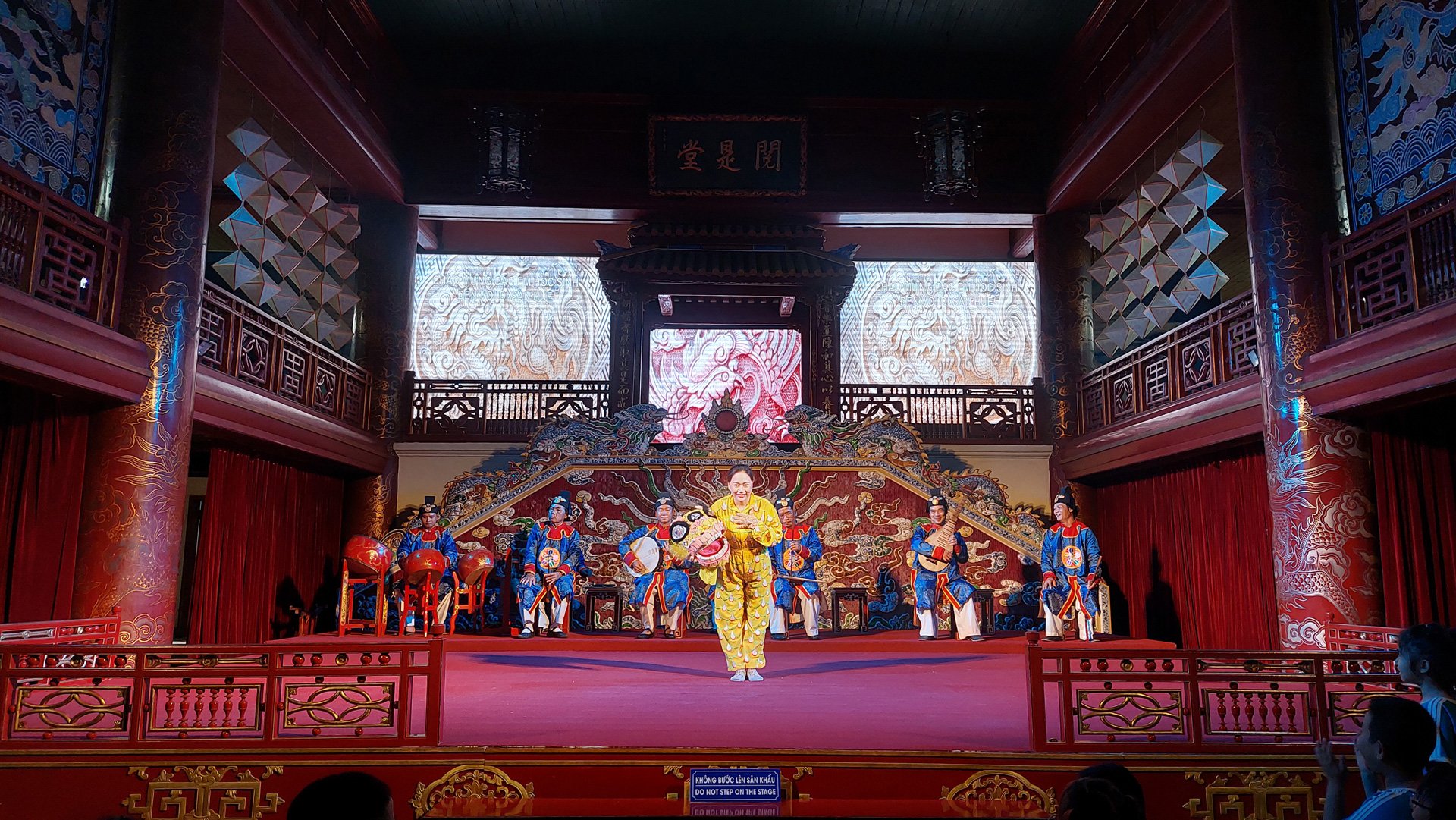
The role of the unicorn that brought success to People's Artist Bach Hac was transferred to the young generation to perform.
During the fieldwork and research to preserve royal court music and dance, you must have encountered many difficulties?
The old artisans, artists of traditional opera and royal dance are still alive and are "living museums". When I met the old artisans, I found them to be very difficult, because they believe that this is a profession they will keep in their hearts and take with them to death. We had to do everything we could to convince and properly train them to pass on the dances, and collect information to make a dossier. There were some extremely miserable field trips, often going to the rural areas of neighboring provinces, when it was pouring rain and the vehicle broke down...
There were studies that I intended to abandon. But thinking back, people like me and the current generation of artists of the theater could not overcome their pride to document the dances, so no one could do it, so I continued to research to preserve them.
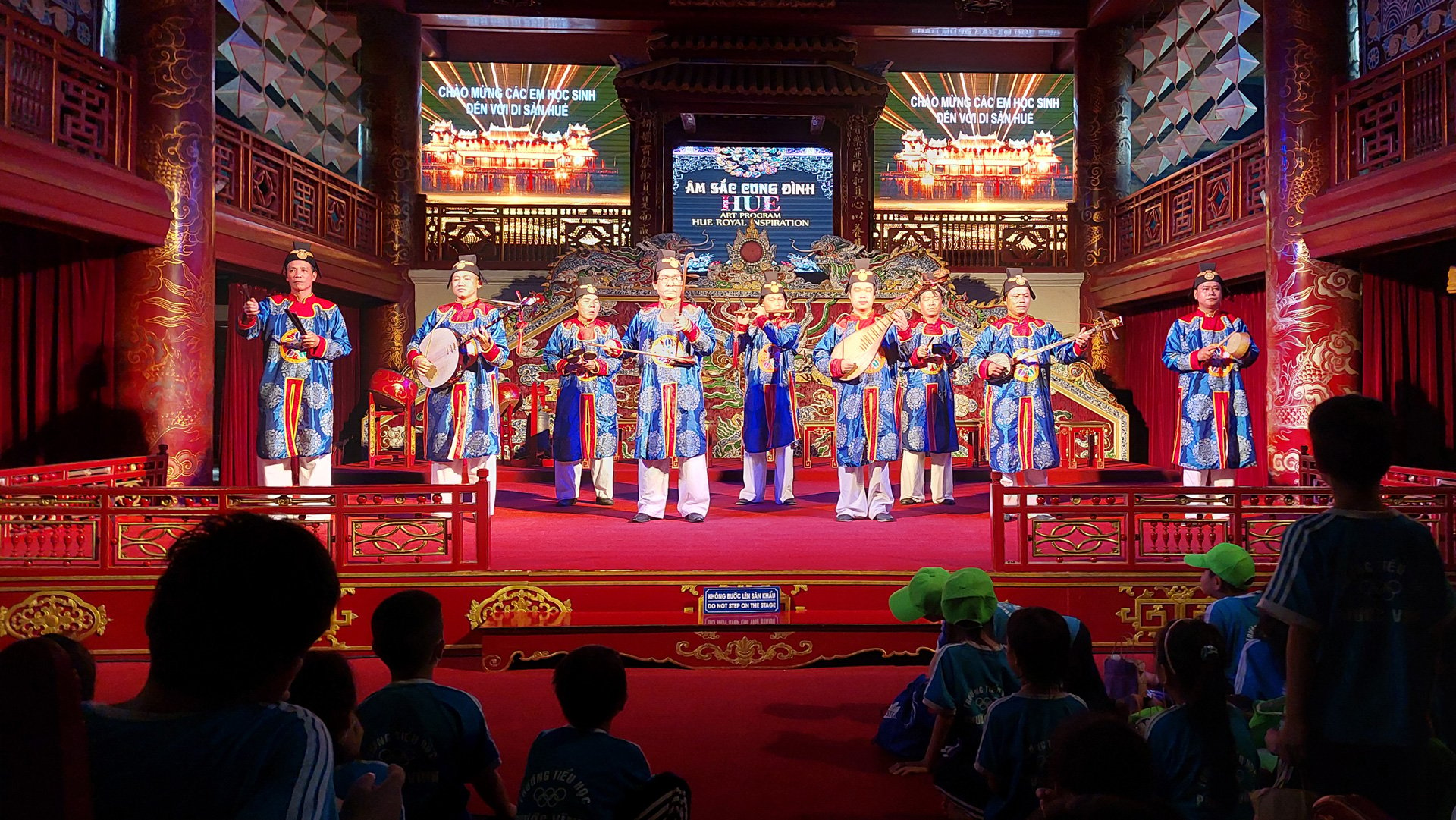
In preserving and promoting Hue royal court opera, what do you expect from young artists?
The good news is that the theater has a generation of young people who love their profession and are trying to keep up with their predecessors. However, without the attention of all levels and sectors to ensure that artists receive reasonable salaries, the theater will gradually fade away.
Many people told me, why perform when no one will watch, practicing plays is hard but not getting paid much... The thoughts of many young artists are also divided between life and work. I am afraid that if there is no appropriate policy for traditional theater in general, it will soon be forgotten.
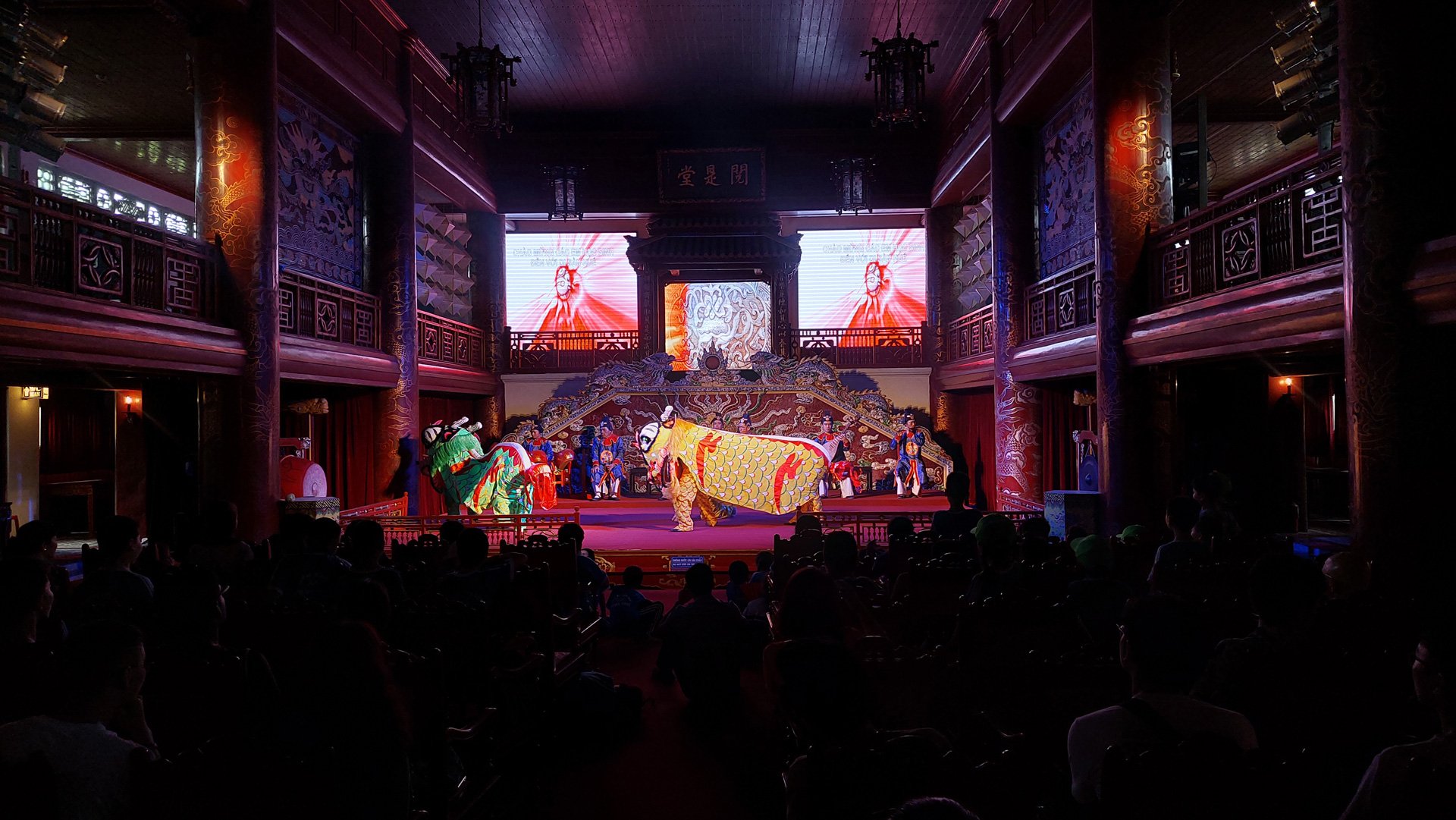
The royal court song and dance performance "Lân mẫu xuat lan nhi" is being performed at Duyệt Thị Đường (Hue Imperial City)
What about royal court dance and singing? Are you worried that it will be lost?
Every day, we still perform royal dances and songs at historical sites, so we don't worry about them being forgotten. At festivals such as Journey to Open the Realm, World Peace, Thousand Years of Culture, Capital Culture, Royal Night..., we have brought royal music and dances to serve tourists. At the Hue Festival, there are individual festivals that are successful because they carry the sound of royal culture, which are researched and transformed by young choreographers to perform without being boring or stereotyped with any program.
Thank you!
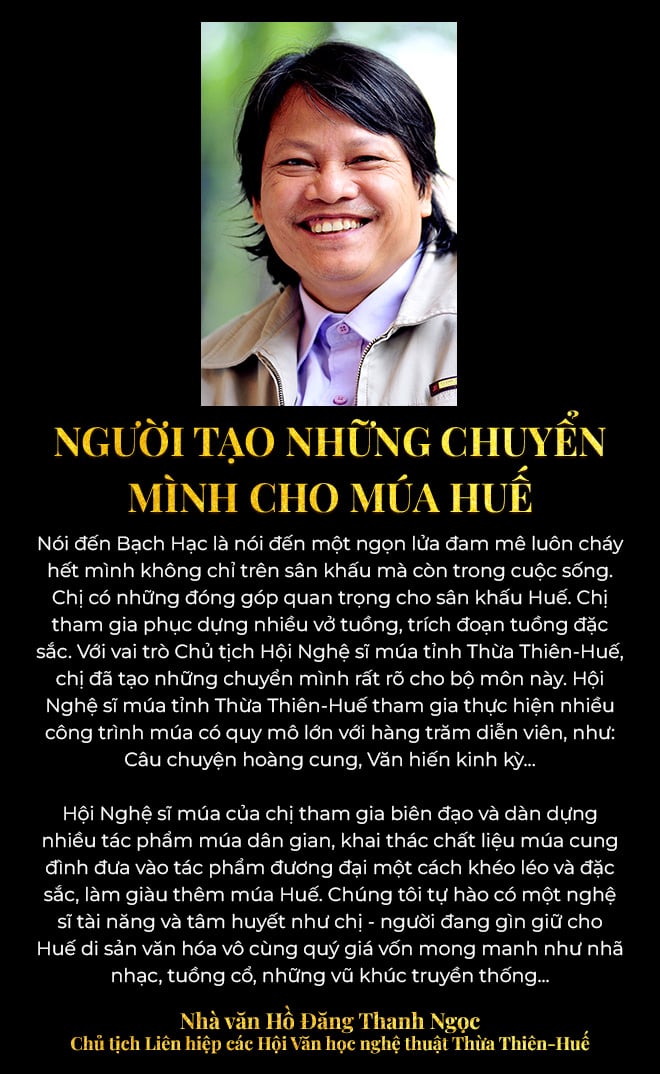
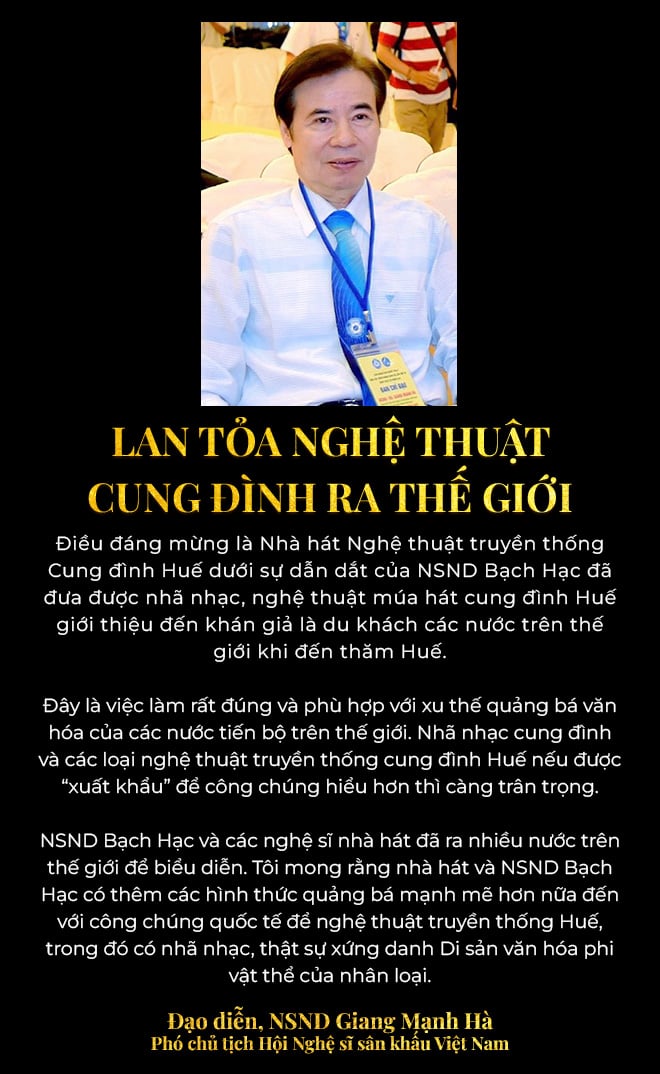
Source link



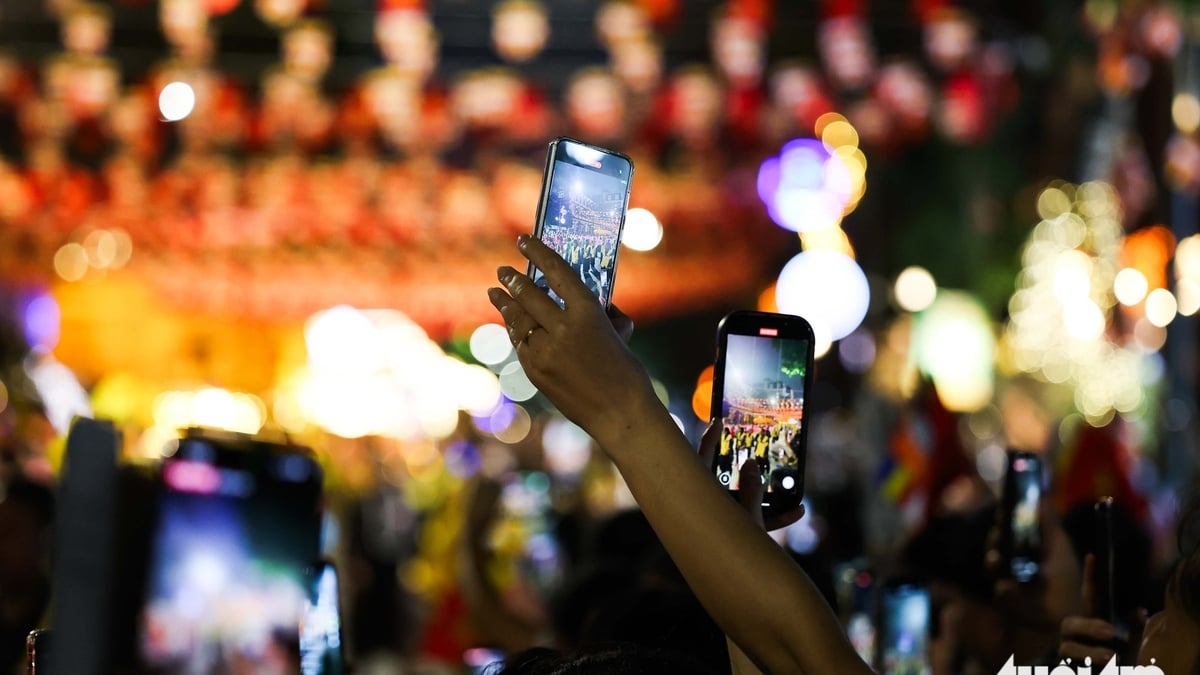
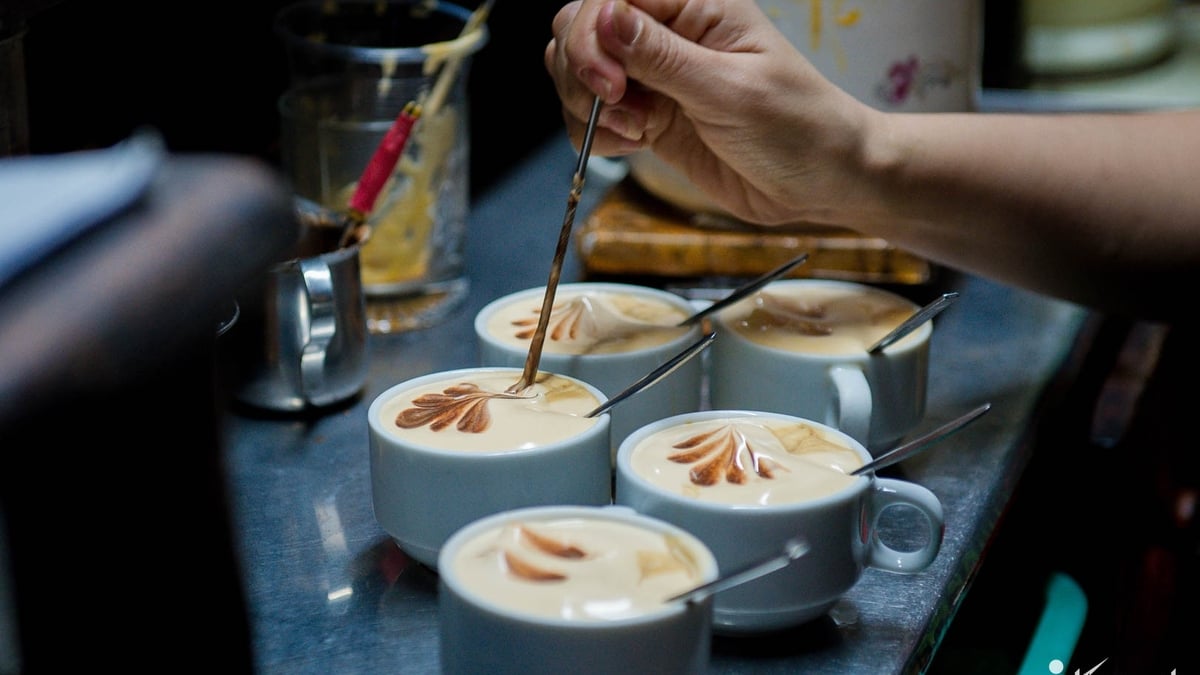



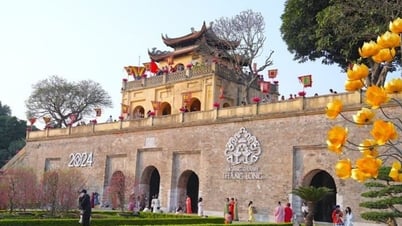
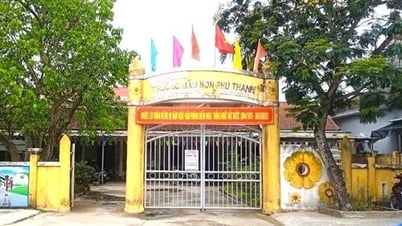

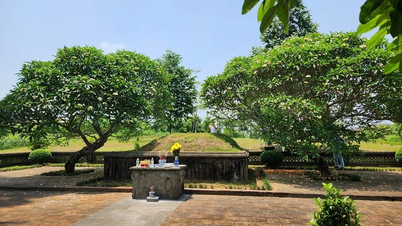







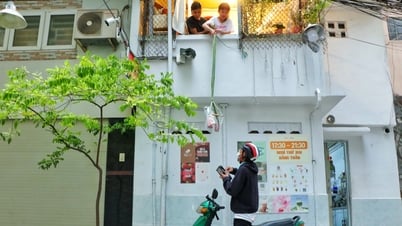



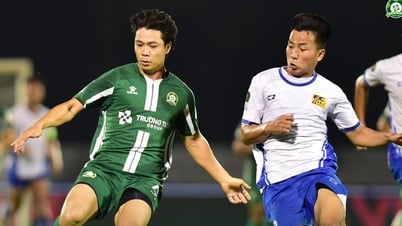
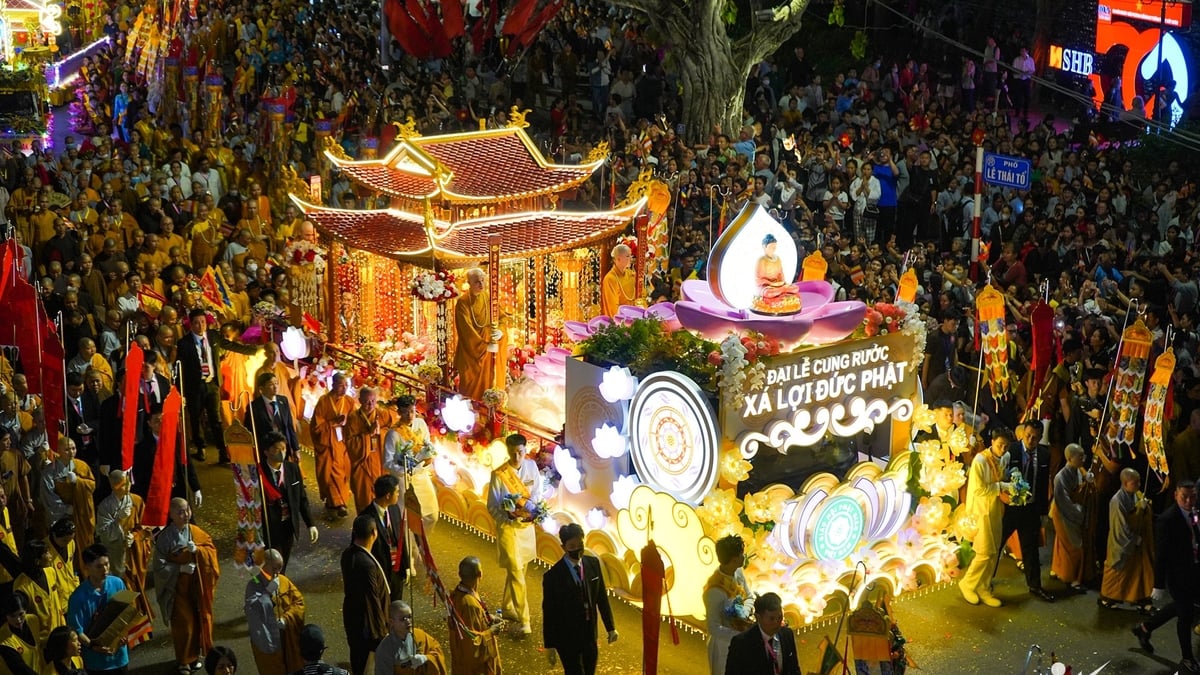










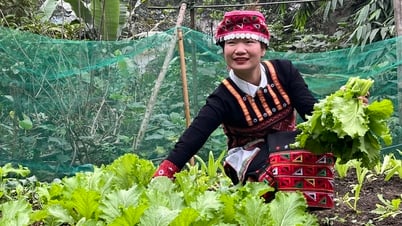



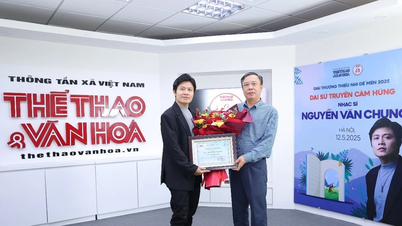



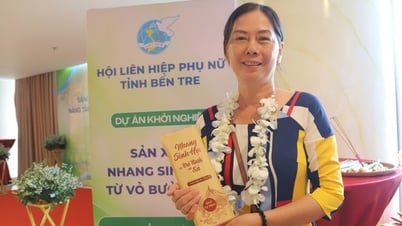
















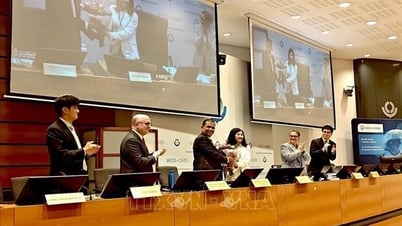



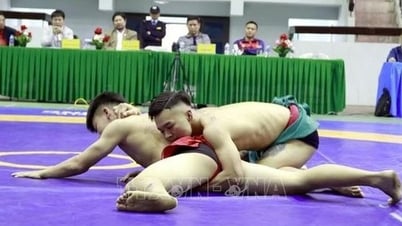

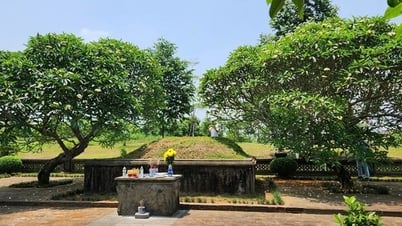
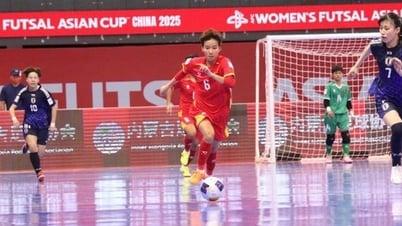

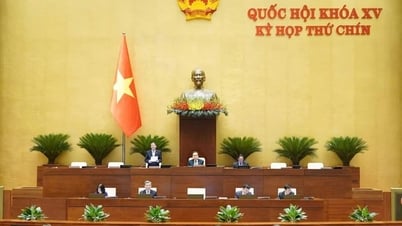





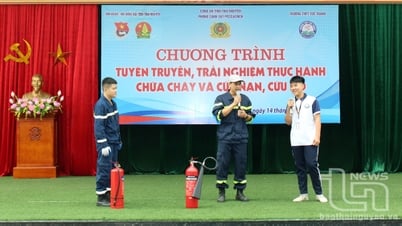





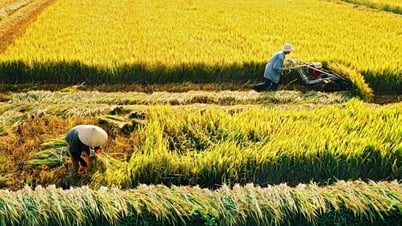




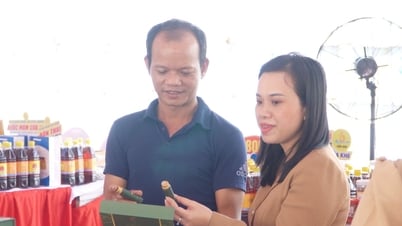
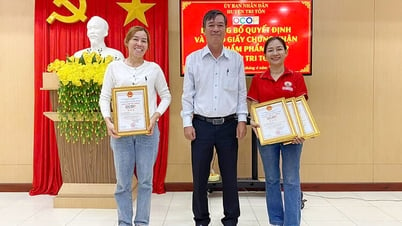





Comment (0)